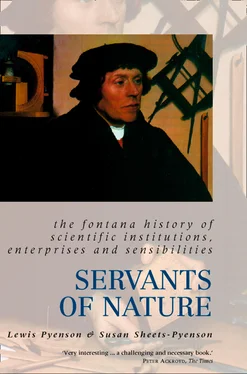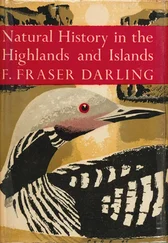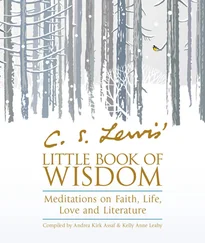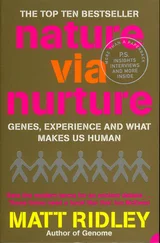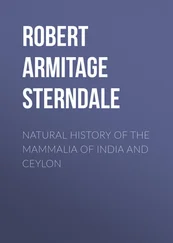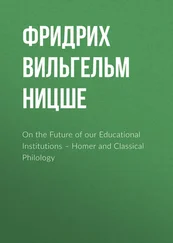School rituals deriving from religious or moral outlooks vary from place to place. Yet all schools subscribe to one common idea. They hold that knowledge may be acquired through diligent study. There are other kinds of knowledge deriving from religious or artistic inspiration. But schools hold that most things can be learned. The central notion here concerns a distillation of tradition. Learning about knowledge, largely from books, is what has been called science for a thousand years.
In schools, a master imparts knowledge to acolytes, who may eventually create something new beyond their lessons. Whether scholastic lessons are abstract or practical, esoteric or mundane, schools prepare students for a place in society. That place is generally keyed to facility with the written word, which has been the most secure means of transmitting knowledge from one generation to another. In fact, it is not unreasonable to imagine that schools invented writing, and hence that schools are the prime mover of history – the science of knowing the past by its documentation.
In this chapter and the next one we examine how schools of higher learning have been involved with scientific tradition and change. We shall see that academia has both promoted scientific innovation and also stifled it. One of the challenges facing universities in the new millennium will be to implement new ways of breathing relevance into the accomplishments and promises of the past.
The Mediterranean world
What we know about science education in antiquity derives from a variety of documents: a few hundred clay tablets from several sites in Mesopotamia; a few treatises written on papyrus; and diverse histories and texts recopied and reprinted in Chinese, Greek, Arabic and Latin. To this must be added inscriptions on stone, masonry, coins, and pottery, precious castings and carvings, and the accumulated wisdom of archaeology. Because our knowledge of the distant past derives from fragmentary sources, it has sometimes been said that the study of antiquity appeals to people who like mastering a small, fixed syllabus. The sources, however, are much more abundant than commonly imagined.
Clay tablets allow us to conclude that schools existed in Mesopotamia, and that they coincided with the earliest representations of the Sumerian language about 3100 BC. Among the documents of Old Sumerian, which existed until about 2500 BC, are school exercises – lists of signs and words. At the time of the Semitic invasion of Mesopotamia, about 1700 BC, we find a compendium of celestial omens called the Enuma Anu Enlil. These omens concern the moon’s eclipses, halos, and conjunctions with fixed stars; solar eclipses; weather and earthquakes; and planetary stations. They held special importance for those who believed in astrology, a system of correspondences constructed between celestial phenomena and terrestrial events. The celestial phenomena must have been catalogued over centuries and at diverse places by trained observers. These circumstances suggest an early social pairing of priestly and scholastic functions.
Many of the Sumerian calculations we possess treat practical measuring problems, often involving land area. (In modern terms they reduce to complicated algebraic equations, often cubic or even quadratic expressions.) The problems are sometimes formulated with what we may call malice of forethought (correct answers are integral numbers), and sometimes they have absurd proportions (lengths stretching more than a thousand kilometres or food for an impossibly large army). We have problem sets both with and without solutions, and some solutions feature elementary mistakes. We must conclude that the corpus relates to instruction in schools. The techniques were no doubt useful for keeping track of state assets, but it seems more reasonable to imagine that this specialized knowledge served better to discipline young minds.
The presence of codifying abstruse calculations (whatever their ostensible, practical referent) implies the existence of schools, even if we cannot say much about scholastic organization. Egyptian mathematics, for example, is based on unit fractions – fractions where the numerator is always one. It is possible to speculate about the origin of such a convention (in terms of family structure, inheritance practices, land tenure and taxes), but there can be no disagreement about the ultimate impracticality of the convention for advanced mathematics. Among the few surviving compendia of Egyptian mathematics, we find calculations dividing the contents of a jug of beer into minuscule parts, obviously a school exercise by its lack of utility.
A new kind of teaching emerged in the fifth century BC, and it left its mark on learning in all cultures with access to the Mediterranean world. The innovation related to a group of Greek teachers known as Sophists. They were private professional pedagogues (like later-day itinerant lecturers) who operated in a free-market economy. They would teach by contract whatever people wanted to learn. Their syllabuses suited individual tastes, and their pitch seems to have been a mixture of affable cultivation and practical skills designed to propel a citizen forward in his city.
Their innovations notwithstanding, Socrates (ca.470–399 BC) and Plato (ca.427–347 BC) were teachers in the Sophist tradition, even though they distinguished themselves by their strong claim to methodological precision and systematization of knowledge. Plato’s Academy occupied a large athletic facility long used by teachers like him. Aristotle (384–322 BC), who might have succeeded Plato, created his own school at another athletic facility, the Lyceum. Aristotle’s chosen successor Theophrastus (372–287 BC) produced written anthologies of his pre-Socratic predecessors in addition to general manuals and new works. He purchased land near the Lyceum and donated it in perpetuity to his colleagues for a school, although the Lyceum’s library left Athens for Anatolia as a result of an ideological schism. Later the library returned to Athens and eventually found its way to Rome (as spoils of conquest), where it received wide notice. Permanency of place and syllabus, coupled with the international and public nature of instruction, produced a search for certainty rather than, as with the Sophists, mere expediency.
The Academy and the Lyceum were institutions of higher learning. They departed from the smorgasbord of Sophist offerings whose heritage we find, today, in undergraduate liberal-arts curricula. Young people associated with these schools absorbed particular truths as well as the spirit of the place, and then contributed to the discourse; it pleased some men (we have no clear record of women scholars) to stay on for part or all of a lifetime. The excitement of scholarly discussion and the presence of libraries, where knowledge was collected and stored, made such a choice attractive. We possess no diplomas from antiquity because the world of Greek learning was so small as not to require them. A quick conversation would be enough to establish a person’s credentials.
State funding ensured the contemplative life of these colleges, which continued in some form for many hundreds of years. At least at the beginning of the Hellenistic period, academic contemplation related directly to political involvement. Because the end of all learning was to train better citizens, scholars often applied themselves to statecraft. The goal was to produce someone like Henry Kissinger or, more optimistically, Woodrow Wilson, each of whom was a distinguished academic before entering politics.
The Big Three – Socrates, Plato, and Aristotle – closed the Greek golden age. In the far-ranging conquests and the subsequent Hellenizing process initiated by Alexander the Macedonian, these and other thinkers of contemporary renown received tremendous exposure. What distinguishes the sequence of the Big Three is not speculative moral or political philosophy, but rather a tradition of collective enquiry into nature. They also sought explanations rooted in experience and capable of standing up under sustained, reasoned debate. Whatever the philosophical colour of knowledge-seekers in Hellenistic times (the philosophies came in dozens of hues), their accomplishments depended on libraries and secular centres of higher learning.
Читать дальше
